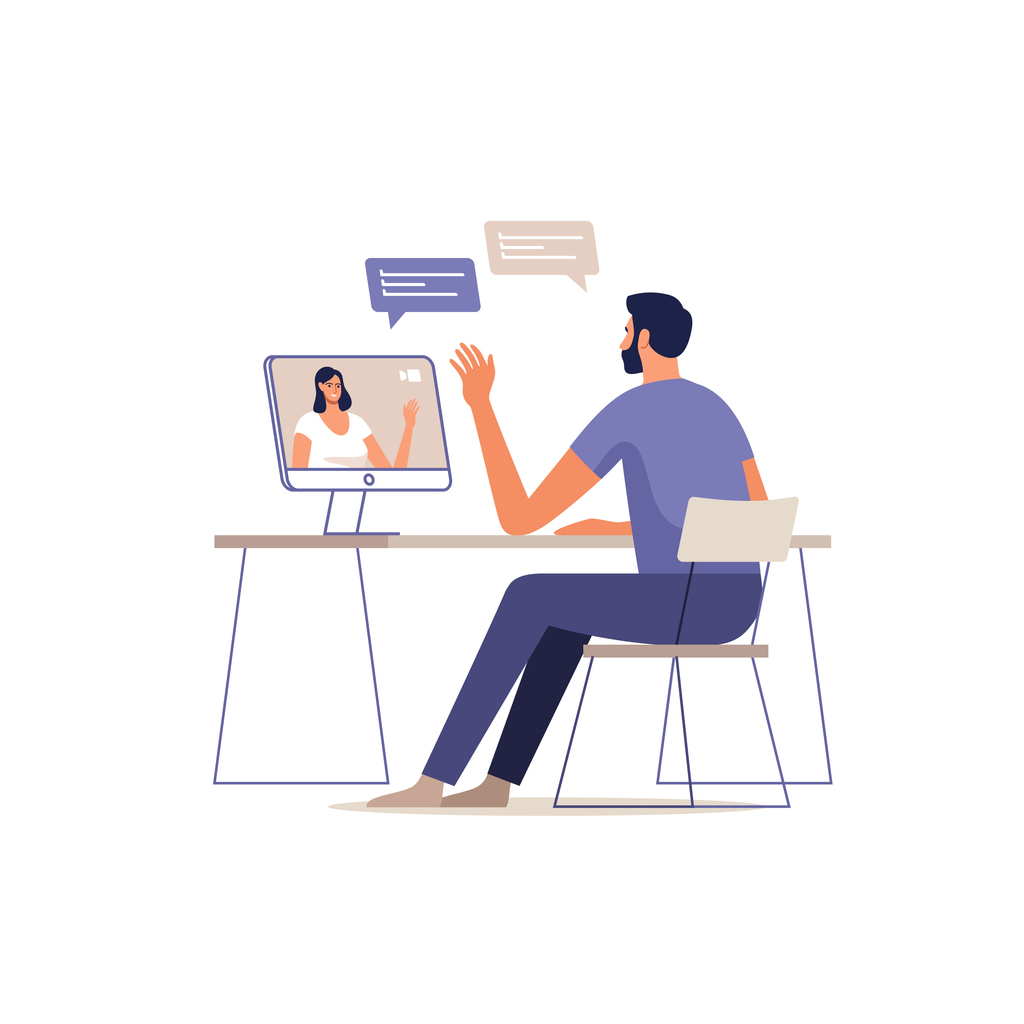Remember the days when your options for meeting a potential partner were largely limited to local bars, introduction from well-meaning aunts, or the sheer gamble of a grocery store meet-cute? Well, those days are long gone. Online dating has revolutionized how we connect, transforming the search for love into a multi-billion dollar global industry. But how exactly do these apps that specialize in matters of the heart make their bank? Let’s investigate!
Revenue Streams of Romance
- The Subscription Trap (er, Model): This is the bread and butter of most dating apps. You get a tantalizing taste of the features, maybe a few swipes, but to truly unlock the full matchmaking potential, you’ll need to fork over a monthly fee. Tiers with catchy names like “Premium” or “Platinum” entice users with promises of seeing who’s liked them, unlimited swipes, or profile boosts.
- Freemium Funk: While the core idea is to let users dip their toes for free, there’s always an option to enhance your experience with in-app purchases like virtual “roses”, super likes, or even hiring a profile consultant. Think of it like your favorite mobile game – you can play for free, but the real fun begins when you start buying gems.
- Advertising Amore: Even on free platforms, targeted advertising generates revenue based on the treasure trove of data you surrendered when signing up. Date night restaurant suggestions, anyone?
- Data – The Currency of Cupid: Ever wonder why so many apps ask about your job, education, and hobbies? Your carefully curated profile isn’t just for attracting matches; it’s valuable market research that can be packaged and sold to advertisers or companies wanting insights into consumer trends and preferences.
Economic Considerations for the Digitally Lovestruck
- The Paradox of Choice: When faced with endless potential matches, decision fatigue sets in. Subscription fatigue follows, leading to cancelled accounts.
- Return on Investment (ROI): Did shelling out for that Platinum subscription lead to the love of your life or just endless mediocre coffee dates? It’s a calculated risk.
- Dating App Inflation: Like everything else, prices for premium features steadily rise. Love in the digital age comes at a premium.
Table: Dating App Business Models
| Business Model | How It Works | Example |
|---|---|---|
| Subscription | Paid membership for access to premium features | Tinder Gold, Bumble Boost |
| Freemium | Basic features are free, additional perks require in-app purchases | Hinge (extra roses), Coffee Meets Bagel (beans) |
| Advertising | Targeted advertising based on user data | Plenty of Fish (free with ads) |
The Lighter Side of Online Dating Economics
- Romance Price Index: Cost of average first dates in major cities, factoring in inflated “meet-up” beverage prices.
- Wingman/Wingwoman Economy: Friends profiting as hired profile editors and text-back advisors become thriving side hustles.
- First Date “Failure” Repercussions: Think of all those mediocre coffees and uninspiring meals adding up over a month of fruitless swiping…it’s enough to drive a person to takeout pizza and cozy sweatpants.
Conclusion
The business of online dating is a fascinating mix of age-old human desires and cutting-edge digital savvy. While platforms have streamlined the initial connection process, ultimately, finding that special someone still involves a gamble – of time, money, and a little bit of your heart.
Before diving into the subscription pool, consider your own dating budget and how much you’re willing to invest in the search for romance. There’s value in both free and paid platforms, depending on your approach. And hey, if all else fails, there’s always a chance that your future soulmate is waiting for you in the organic produce aisle at the grocery store. It wouldn’t be the first time!
